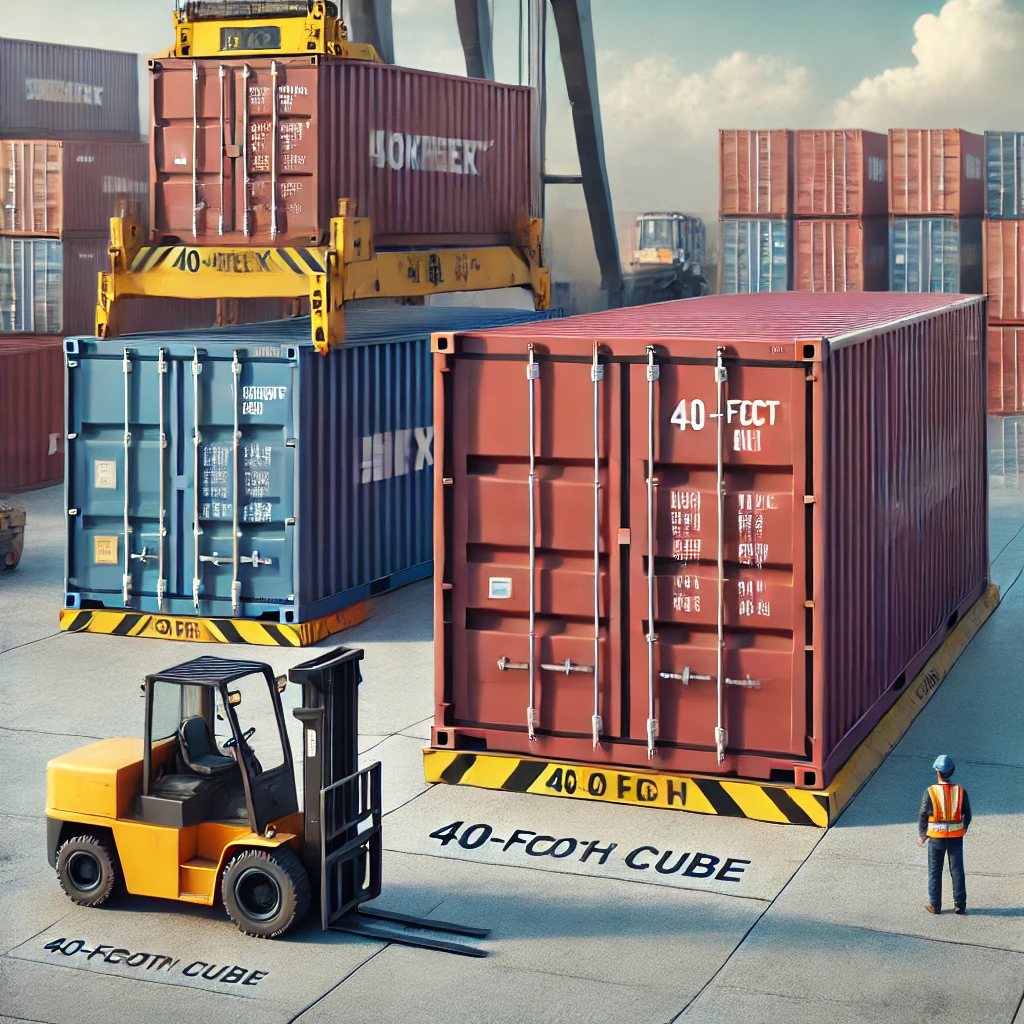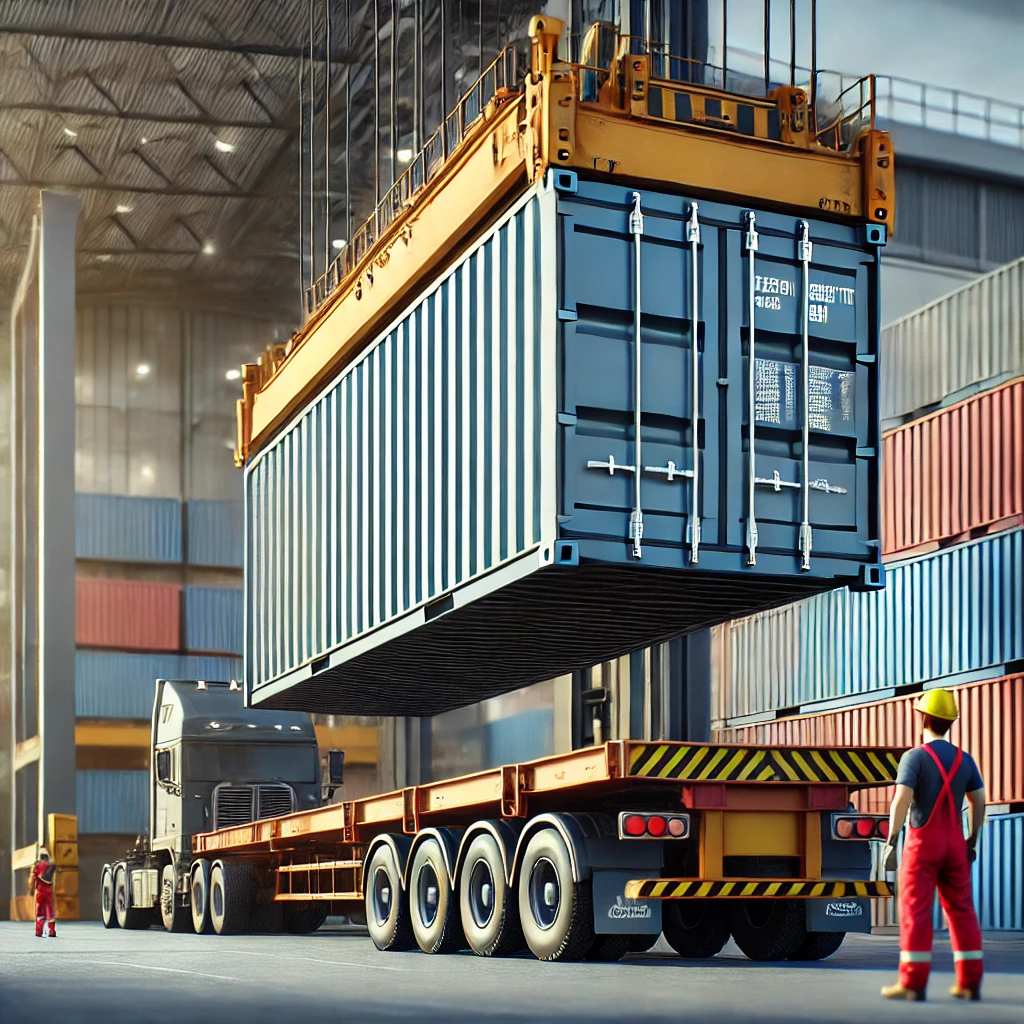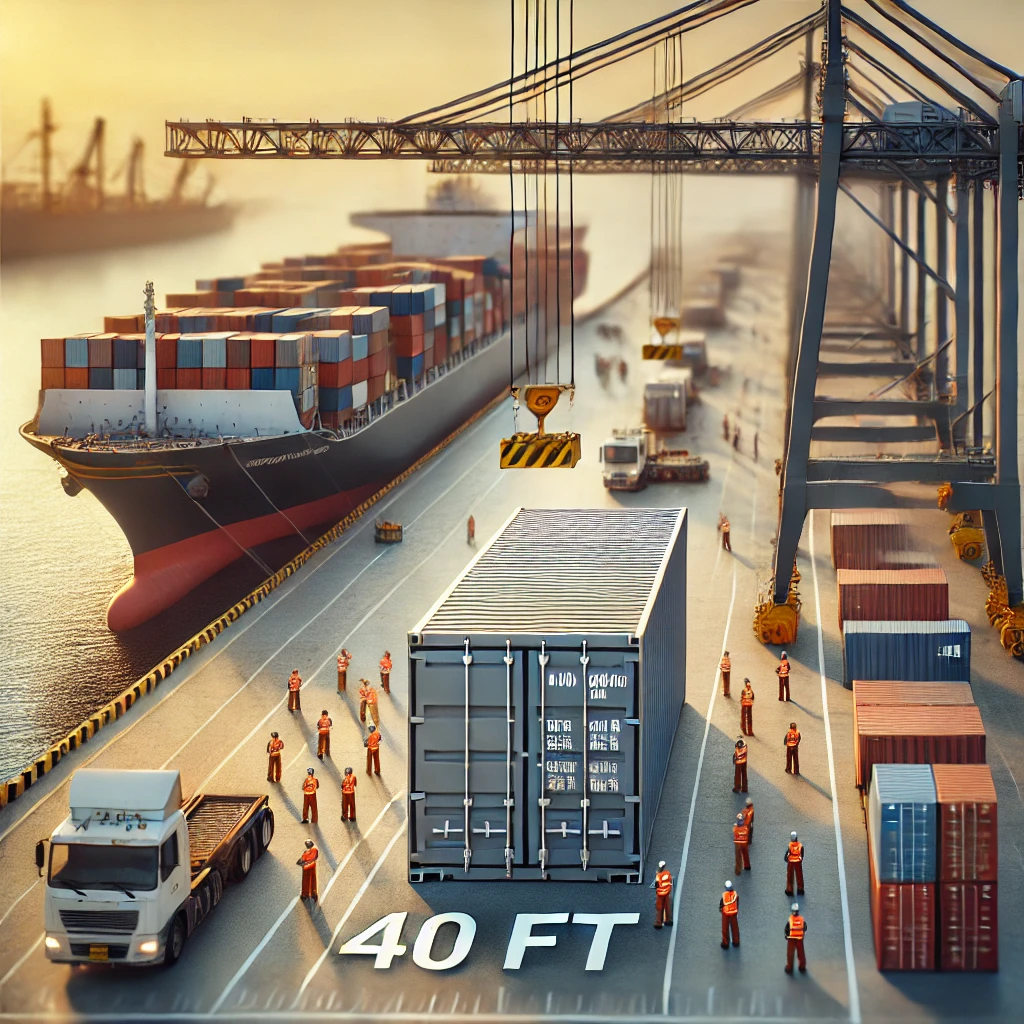Breaking Down 20 ft Container Height
This guide provides an in-depth explanation of the height of a 20 ft container, its variations, and why it matters in shipping and logistics. 🚢📦

📐 Standard 20 ft Container Height
A 20-foot container comes in two standard height variations:
Container Type | Height (External) | Height (Internal) |
Standard 20 ft Container | 8 ft 6 in (2.59 m) | 7 ft 10 in (2.39 m) |
20 ft High Cube Container | 9 ft 6 in (2.90 m) | 8 ft 10 in (2.69 m) |
🔹 Standard 20 ft containers are the most common choice for general cargo shipments. 🔹 High Cube (HC) containers offer an extra foot in height, which is useful for bulkier cargo.
Understanding these height differences is crucial for businesses optimizing cargo space and ensuring compatibility with freight regulations. 📦🚛

📦 Cargo Capacity of a 20 ft Container
A 20 ft container can hold a significant amount of cargo. Here’s a look at its volume and weight capacity:
Container Type | Internal Volume | Max Payload Capacity |
Standard 20 ft Container | 33.2 cubic meters | 28,200 kg (62,170 lbs) |
20 ft High Cube Container | 37.4 cubic meters | 28,200 kg (62,170 lbs) |
🔹 High Cube containers provide more internal space for lightweight, bulky items. 🔹 Weight capacity remains the same, meaning cargo density must be considered when choosing between a standard and HC container.
For industries dealing with oversized or volumetric cargo, the extra height in High Cube containers can make a big difference. 📊🚢
🚛 Practical Uses of 20 ft Containers
The 20 ft container’s dimensions make it ideal for a variety of industries and shipping needs:
✅ International Shipping – Transporting goods via sea, rail, and road.
✅ Warehousing & Storage – Used for secure and weatherproof storage.
✅ Construction & Modular Housing – Converted into mobile offices, homes, and workspaces.
✅ Agricultural & Industrial Use – Storing machinery, farming equipment, and chemicals.
✅ Retail & E-commerce Logistics – Perfect for transporting palletized goods and bulk inventory.
Its compact size and versatility make the 20 ft container one of the most in-demand shipping units worldwide. 🌍📦

⚖️ 20 ft vs. 40 ft Container: Height & Space Comparison
Many businesses compare 20 ft and 40 ft containers when choosing the right unit for their needs. Here’s how they stack up:
Container Type | Height (External) | Length | Volume Capacity |
20 ft Standard | 8 ft 6 in (2.59 m) | 20 ft (6.06 m) | 33.2 m³ |
40 ft Standard | 8 ft 6 in (2.59 m) | 40 ft (12.19 m) | 67.7 m³ |
40 ft High Cube | 9 ft 6 in (2.90 m) | 40 ft (12.19 m) | 76.4 m³ |
🔹 40 ft containers provide double the length but maintain the same standard height. 🔹 40 ft High Cube containers offer additional vertical space for bulkier cargo.
For businesses dealing with higher cargo volumes, 40 ft options may be more cost-effective. 📊🚛
🚀 Future Trends in Container Design & Use
With global trade expanding rapidly, container specifications continue to evolve. Some emerging trends include:
📡 Smart Containers – Equipped with IoT sensors for real-time tracking and monitoring. 📊
🌱 Sustainable Container Solutions – Eco-friendly designs using recycled materials. 🌍
🏗️ Customized High Cube Containers – Increasingly used in construction and modular buildings. 🏠
🚢 Automated Container Handling – Ports and logistics companies adopting AI-driven stacking and loading systems. 🤖
As technology advances, container efficiency and versatility will continue to improve. 🔗🚛

✅ Conclusion
Understanding 20 ft container height is essential for shipping, storage, and logistics planning. Whether choosing a standard or High Cube variation, businesses must consider cargo type, available space, and freight regulations to maximize efficiency.
With its compact design, high load capacity, and multiple applications, the 20 ft container remains a key player in global trade and logistics. 🚢📦✅
By leveraging the right container type for your needs, businesses can optimize supply chains, reduce costs, and improve operational efficiency. 🌍💡
